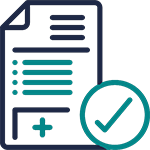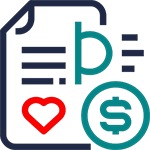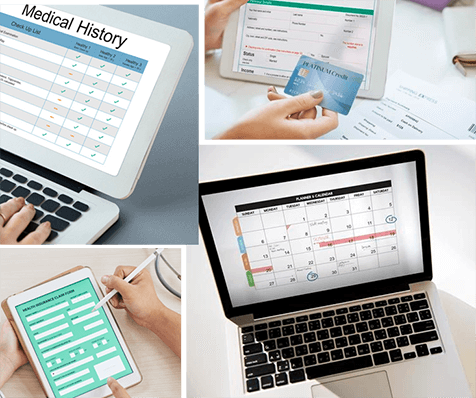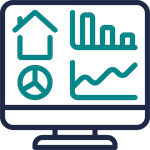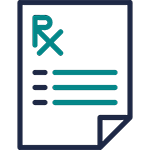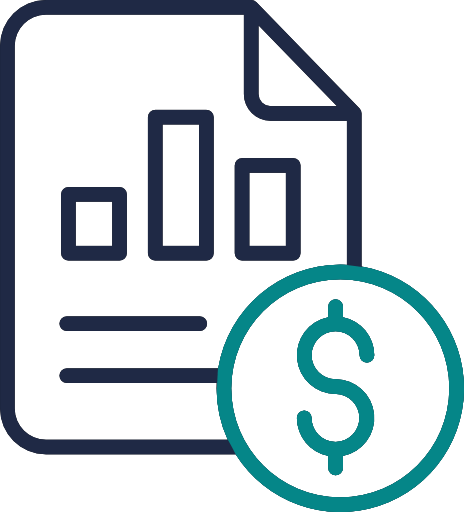Chronic pain affects millions of people in the United States, making it a significant public health concern. Moreover, according to the CDC, approximately 20.5-21.8% of adults in the U.S. experienced chronic pain between 2019-2021. This staggering number highlights the need for effective pain management centers to provide much-needed relief to patients.
However, alongside the crucial task of chronic pain management, pain doctors also have to face the challenges of navigating complex medical coding and billing procedures.
Staying up to date with the ever-evolving landscape of CPT codes, insurance verification, and claim acceptance can be overwhelming. Hence, we bring you this information-packed article.
In this blog, we will discuss ten essential tips for pain management centers to streamline their billing and medical coding processes. These tips ensure deserving reimbursement and maximized claim acceptance.
Now you don’t have to scratch your head dealing with the complications of medical billing & coding. Our experts and experts recommended tips are here to help!
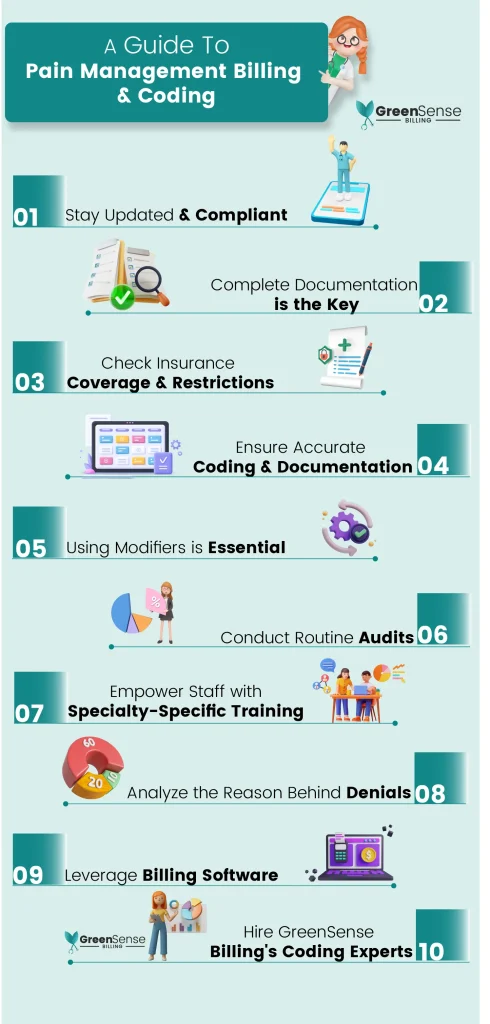
Tip 1: Understand Specialty-specific Codes and Guidelines
For each specialty within pain management practice, it is crucial to understand the specific codes and guidelines. Acupuncture clinics, for instance, need to be well-versed in acupuncture-specific CPT codes and guidelines. Physical therapy and chiropractic clinics should ensure they are familiar with relevant codes and guidelines for their procedures and treatments.
Staying up to date and accurately documenting specialty-specific services is vital for proper billing and claim acceptance.
Tip 2: Capture Detailed Treatment Plans and Progress Notes
Pain management doctors must maintain comprehensive and detailed treatment plans and progress notes for each patient.
This documentation should include the specific treatments performed, the modalities used, and the patient’s response to the treatment. By capturing this information, clinics can provide the necessary evidence for accurate billing and coding, ensuring that services rendered are appropriately supported.
Tip 3: Verify Insurance Coverage and Plan Limitations
Before initiating treatments, the center for pain management should verify patients’ insurance coverage and plan limitations. Understanding the scope of coverage and any specific limitations for procedures, visits, or treatment duration is crucial.
This step helps prevent billing for non-covered services and ensures that treatments fall within the approved limits. This results in minimizing claim rejections and reducing potential financial setbacks.
Tip 4: Specificity in Coding and Documentation
To optimize reimbursement, pain management doctors must employ precise and specific medical coding and documentation. For instance, chiropractic clinics should accurately code for spinal manipulations, including the level and technique used. In addition, acupuncture clinics need to document specific points and techniques employed.
By focusing on the specific details of each treatment, clinics can minimize coding errors. This practice increases claim acceptance rates and prevents revenue loss.
Tip 5: Utilize Modifiers for Special Circumstances
Understanding and appropriately utilizing modifiers is essential for pain doctors and pain management clinics. Modifiers convey additional information regarding special circumstances, such as multiple procedures performed during a single visit or the need for an assistant during a procedure.
By using modifiers effectively, clinics can accurately communicate the complexity of services provided, ensuring proper billing and minimizing claim denials.
Tip 6: Perform Regular Internal Audits
Conducting routine internal audits is crucial for all healthcare facilities to identify potential billing and coding errors. Regular audits help pinpoint areas for improvement and ensure compliance with industry standards and regulations. Moreover, by reviewing documentation, coding accuracy, and adherence to guidelines, they can proactively address issues, reduce claim rejections, and improve overall billing accuracy.
Additionally, these audits provide valuable data that can inform strategic planning and resource allocation within the healthcare facility. Furthermore, they facilitate the identification of trends and patterns that can guide process improvements and enhance financial performance.
Tip 7: Staff Training and Education
Investing in specialized training and education for staff members is vital for pain management clinics. Providing comprehensive knowledge about specialty-specific billing and medical coding requirements ensures accurate claims and reduces errors.
For instance, training physical therapists on the proper use of therapeutic procedure codes or alternatively, educating acupuncturists on the requirements for acupuncture billing can significantly improve the billing and coding process. This, in turn, ensures minimized claim denials and maximized collections for the services rendered.
Moreover, well-trained staff can also enhance patient satisfaction by delivering high-quality care and effective pain management strategies.
Tip 8: Implement Denial Management Strategies
Developing effective denial management strategies is again critical for every clinic and hospital. Analyzing common denial reasons, identifying trends, and taking appropriate corrective actions can minimize revenue loss.
Clinics should establish robust processes for addressing claim denials. This includes thorough documentation, timely resubmission, and effective communication with insurance providers to resolve any issues.
Tip 9: Leverage Technology Solutions for Specialty-specific Billing
‘Exploring technology solutions tailored to specialty-specific billing can streamline operations for any specialties. For instance, EHR is a system designed to streamline documentation and coding processes.
Additionally, these specialized software solutions often include built-in coding libraries, customizable templates, and automated features that ensure accurate billing and coding for specialty procedures.
By leveraging technology, pain management clinics can improve efficiency, reduce errors, and enhance overall revenue cycles.
Tip 10: Seek Expert Assistance for Specialty Billing and Coding
Consider partnering with specialized medical billing and coding experts who have experience in pain management specialties, such as GreenSense Billing.
Our certified professional coders understand the complexities of billing and coding for all pain management services. By outsourcing such tasks to us, clinics can benefit from their expertise, stay up to date with changing regulations, and optimize reimbursement rates.
Partnering with us lets clinics focus on patient care while ensuring that their billing and coding processes are accurate, efficient, and compliant.
Wrap Up
Optimizing medical coding and billing processes is crucial for pain management specialists and clinics specializing in different services. Firstly, understanding specialty-specific codes and guidelines, capturing detailed treatment plans, verifying insurance coverage, and utilizing modifiers effectively are essential for accurate billing and coding. Furthermore, regular internal audits, staff training, and leveraging technology solutions catered to specific specialties can significantly improve billing accuracy. And, finally, seeking expert assistance for specialty-specific billing and coding ensures that clinics can focus on providing exceptional care while maximizing their financial operations.
By implementing all these ten specialized tips mentioned in this blog, practitioners can streamline their billing and coding procedures, ensuring accurate reimbursement and maximized claim acceptance rates.
Together, let’s optimize reimbursement and enhance the overall success of your pain management clinic. Contact us to get started!



